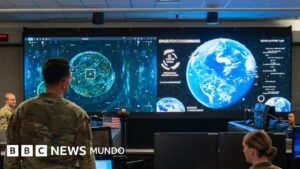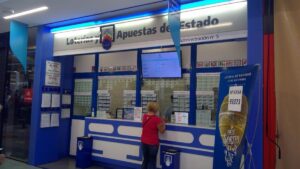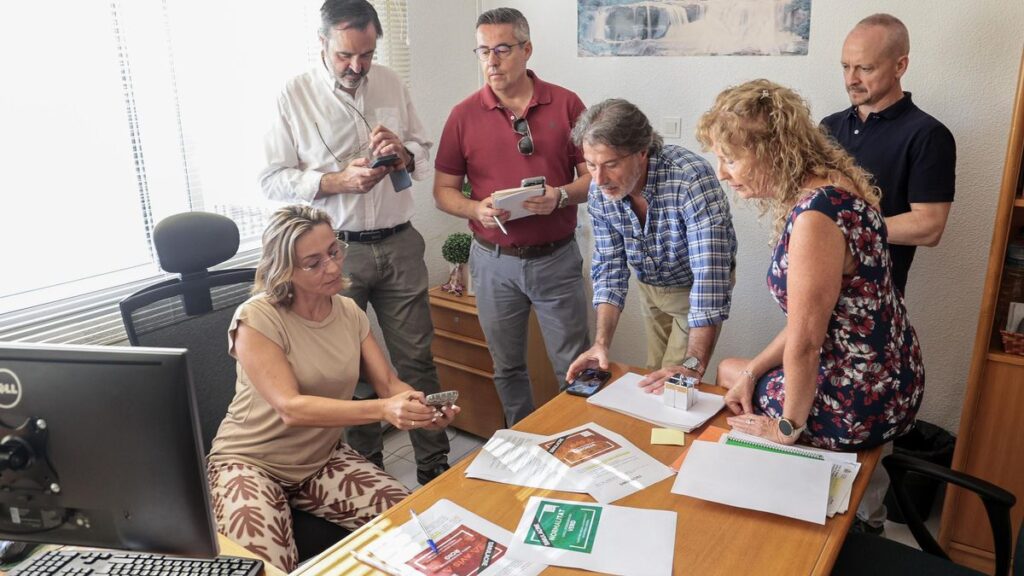
A traffic light to notify the Meteorological alerts to the students and staff of the University of Alicante (UA). The academic institution has implemented a new model to inform, based on the data of the State Meteorology Agency (Aemet)of the risk in the province of Alicante before phenomena of wind, rain or heat, With colors depending on degree of danger (yellow, orange and red), along with specific preventive measures and action, such as classes.
As explained by the Vice Chancellor for Infrastructure, Sustainability and Occupational Security, Salvador Ivorra, “We want FAmiliarize the university community with the indications to be followed by these types of situations and keep updated computer tools to favor and expedite effectiveness of the measures adopted and the communication process ”.
The informative traffic light, which is visible both in the main window or “Home” of the University of Alicante portal, As in the rest of the web pages with main access to the UA, it is scheduled to change color With a three -day forecast, With an informative circle for each day. The notices also arrive through the AMobile (app), email, social networks or SMS.
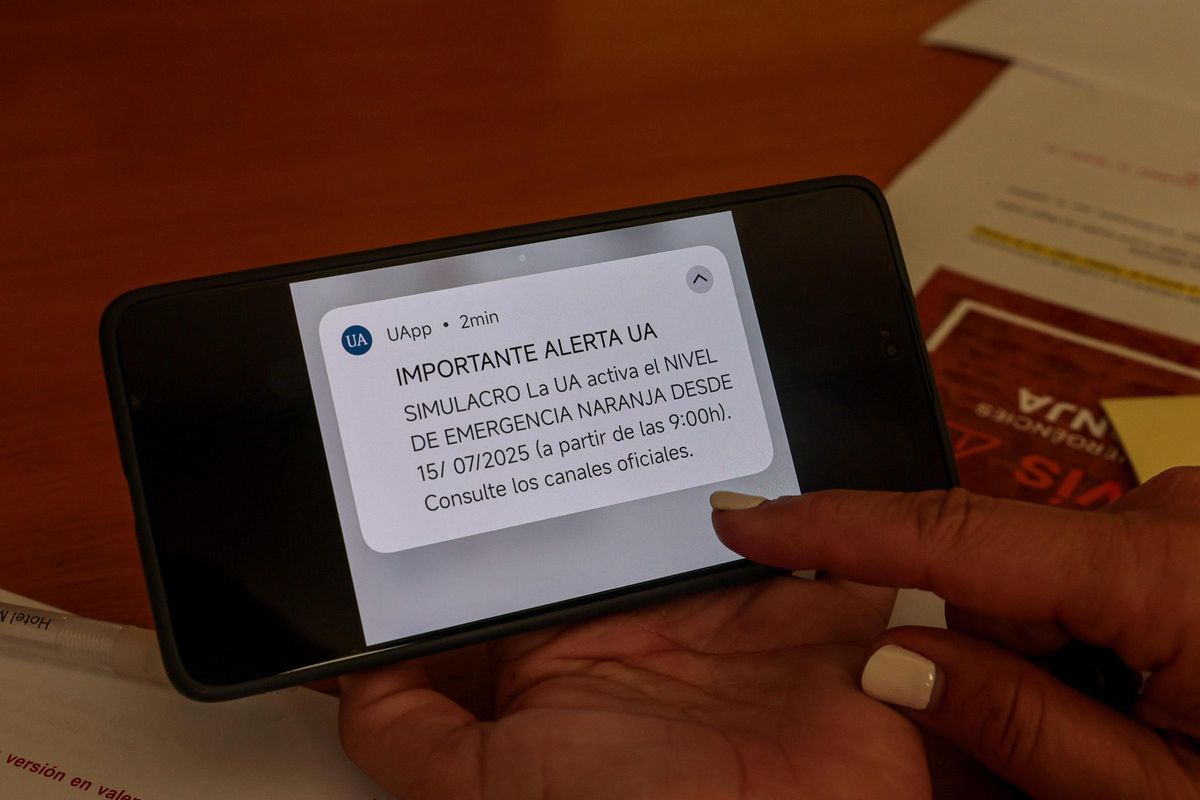
The drill at the University of Alicante has included messages with alerts to the university community / Héctor Fuentes
This Tuesday the campus welcomed a drill a fake alert by “adverse weather phenomenon ” in order to test the operation of both the line of coordination and issuance of communications, such as the tools developed to give action answers to any type of extreme natural phenomenon that may occur in your area of influence.
This system is part of the Extreme natural phenomena protocolstill in the analysis phase, which must be approved, after study by the UA Safety and Health Committee, by the UA Governing Council for its implementation. The document has been prepared by a working group formed by Experts in Climatology, Environment and Natural Catastrophesas well as with superior technicians in Computer science, communication and risk prevention.
Coordinates
Its purpose is provide for the institution's performance before any type of extreme natural phenomenon. The management of the same corresponds to the Emergency Committee of the UA, which is headed by the rector and also composed by the vice -rectors with competencies in occupational safety and in students and the manager. He has also incorporated the communication unit, the prevention service and a researcher or researcher with recognized trajectory in the field of weather and natural phenomena.
Al Committee corresponds to it decision making on the activation of the different emergency levels and the actions related to each notice level, as well as the implementation of the relevant communication channels to get the information to the university community.
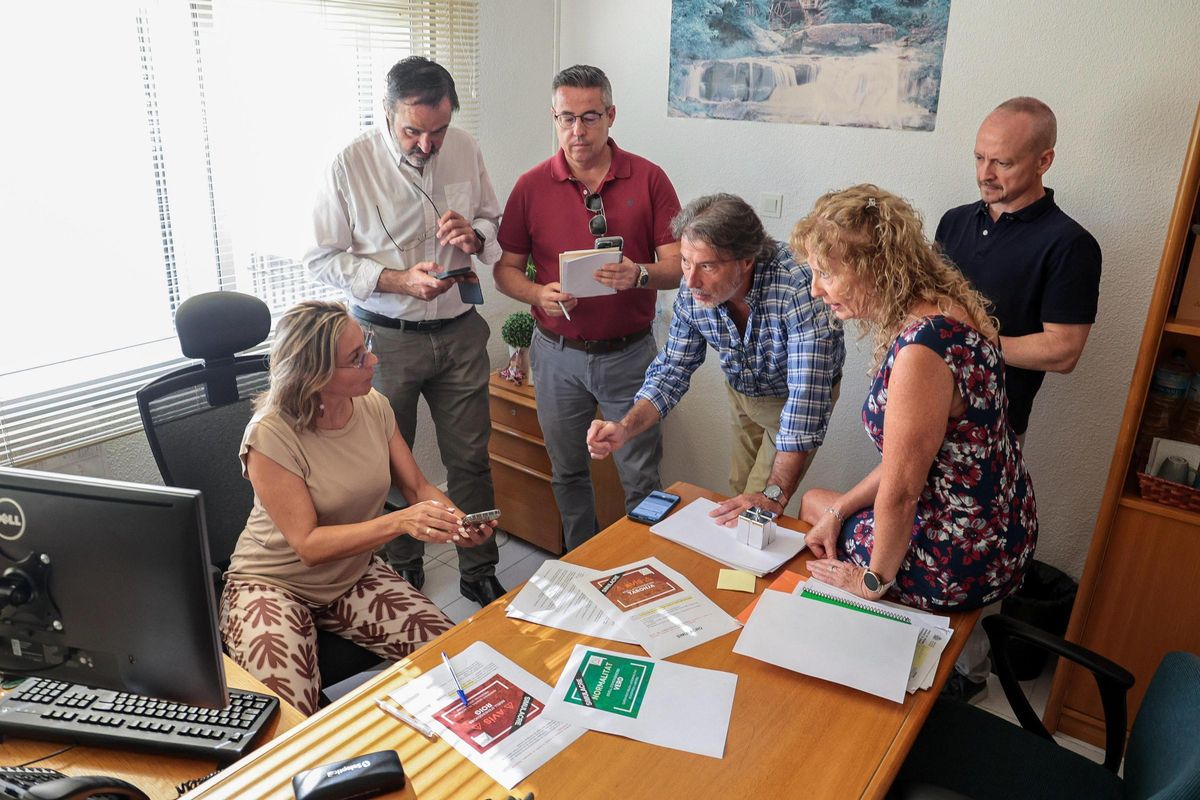
Protocol of extreme natural phenomena of the precise UA of the coordination of the different departments / Héctor Fuentes
The protocol contemplates a complete Communication Plan which includes the different phases of the emergency, the channels, the types of message for each situation and the personnel involved in its execution. All designed computer tools have been developed by the UA computer service. This automated system facilitates both decision making and communication with the university community, as reported by the academic institution.
The academic institution has designed Five computer applications that automate the detection of alerts and communications management.
In total, they have been designed Five computer applications that automate some parts of the process, mainly in the alert detection part and communications management.
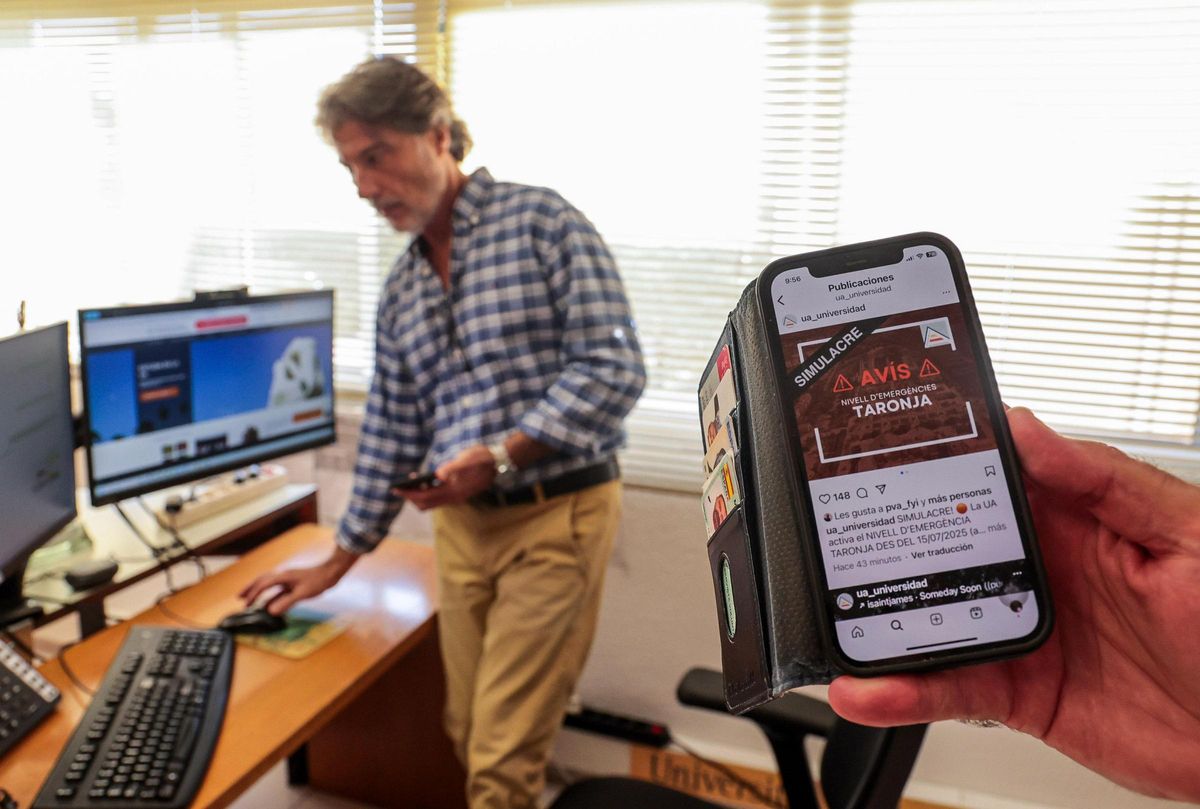
The different communication channels of the UA reported the alert system in tests / Héctor Fuentes
As an example, before Heat waves Like the one two weeks ago, which implied that the Aemet decreed The alert for extreme temperatures In the province of Alicante, in the Do There are preventive measures such as Adapt working conditions outdoors or non -air conditioning o With limitations in air conditioning in times of high temperatures, including the reduction or modification of the hours of the day, the prohibition of developing certain tasks that imply physical efforts of moderate or higher intensity during the hours of the day with adverse meteorological phenomena.
Subscribe to continue reading
